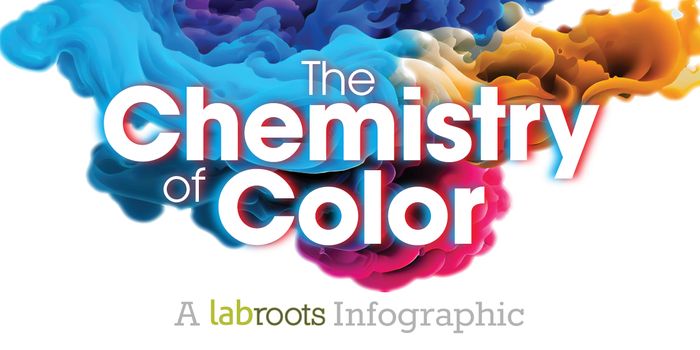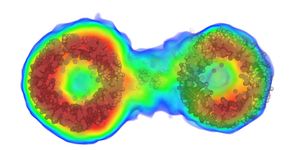BELLA: Easy VR Immersion for Pain Reduction
Virtual reality offers immersive journeys that can sometimes calm the nerves and reduce the psychological aspect and experience of pain. In late February 2018, Kansas City-based Northpass Immersive introduced BELLA VR, a simple VR system that is designed for use in medical settings. It offers both relaxing and distracting (game oriented) activities for patients. Along with a specialized Samsung phone and app, it has only two parts and is designed to be easy-to-clean.
"We are seeing a lot of interest in Pre-Op, in the ER and in the oncology unit. For us, it was all about going beyond the hospital walls. If we could transport a patient to Banff National Park or a beautiful beach in the Caribbean, we could make the entire healthcare 
Benefits of BELLA VR
BELLA VR provides patients with several options for relaxing, entertaining and diverting themselves, including a canoe trip, a hot-air balloon ride over New Mexico, a live quartet concert, a gondola ride up the Canadian Rockies in Banff National Park, and a “Where’s Waldo?” -style of game called Find Fiona, featuring a baby elephant. It uses gaze-based viewing, meaning that it responds to users’ eye movements to control motion through the scenes, which removes the need for hand controllers. It also has a trait called auto-horizon adjust. This means that it will automatically calibrate the scene to match a user’s position; for example, patients who need to lie down for a treatment will have an uninterrupted VR experience. This new medical sector VR solution is multilingual as well.
BELLA VR is lighter than many VR systems – it weighs less than a pound. It has a headset and headphones but no cords, wires, computers or carts. This allows it to move easily and be put on quickly. It also features an easily-cleanable non-porous surface.
“BELLA can be cleaned using only a Sani-Wipe and is quickly ready to use again," Bangert said, noting that this was a primary focus for the healthcare providers the company consulted with while developing the product.
Other VR Medical Applications
Using VR to soothe or distract patients from painful and distressing experiences is a growing field. For example, the University of Washington Harborview Burn Center has been testing the therapeutic applications of VR since the 90s. Their team has found offering VR immersion alongside traditional pain reduction techniques such as opioids reduces the pain levels for burn patients, ranging from children to war vets. C.S. Mott Children’s Hospital uses VR games to boost children’s morale who are undergoing extended hospital stays. VR has also been shown to be helpful and pain-relieving during dental procedures and following surgery.
“We need alternatives for opioid pain treatment. Psychological therapies like cognitive behavioral therapy and mindfulness are effective, but most of our patients won't practice these like they need to, so they are of limited utility for us. VR is easy to do. Put a visor on and you're there,” Dr. Ted Jones, who has studied VR as a treatment for chronic pain, told Clinical Pain Advisor.









